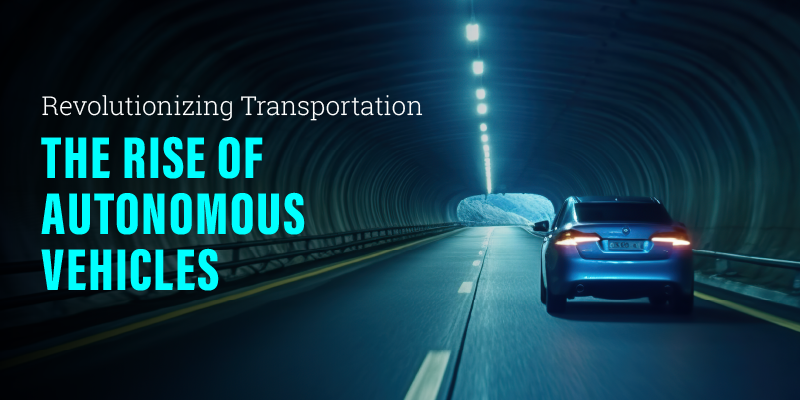The Rise of Autonomous Vehicles and What It Means for Us

The automotive landscape is undergoing a seismic shift, as autonomous vehicles (AVs) inch closer to becoming a commonplace reality on our roads. Fueled by advancements in artificial intelligence, machine learning, and sensor technology, the rise of AVs promises to revolutionize how we travel, work, and live. This article delves into the journey of autonomous vehicles, exploring their development, current state, and the profound implications for society.
1. The Genesis of Autonomous Vehicles
Autonomous vehicles are not a new concept; their roots trace back to early 20th-century experiments. However, it wasn’t until the 21st century that technological breakthroughs began to make self-driving cars a feasible reality. The integration of advanced sensors, cameras, and LIDAR systems, combined with sophisticated algorithms, has propelled AV technology from experimental prototypes to roadworthy models.
2. How Autonomous Vehicles Work
At the heart of autonomous driving technology are several key components:
Sensors and Cameras: These provide a 360-degree view of the vehicle’s surroundings, detecting obstacles, lane markings, and other critical data.
LIDAR: Light Detection and Ranging technology maps the environment in high detail, helping the vehicle understand its precise location and the proximity of objects.
Machine Learning Algorithms: These algorithms process data from sensors and cameras, making real-time decisions and navigating complex driving scenarios.
Connectivity: Autonomous vehicles often rely on Vehicle-to-Everything (V2X) communication, allowing them to interact with other vehicles, infrastructure, and cloud-based systems to enhance safety and efficiency.
3. Current State of Autonomous Vehicles
Today, autonomous vehicles range from level 2 to level 4 on the Society of Automotive Engineers (SAE) scale, with level 5 representing full autonomy. Companies like Waymo, Tesla, and Cruise have made significant strides, testing AVs in various environments and conditions. However, widespread deployment still faces challenges, including regulatory hurdles, safety concerns, and public acceptance.
4. Benefits of Autonomous Vehicles
Safety: AVs have the potential to reduce accidents caused by human error, which accounts for over 90% of traffic collisions.
Efficiency: Autonomous vehicles can optimize driving patterns, reduce traffic congestion, and lower fuel consumption.
Accessibility: AVs can provide mobility solutions for individuals who are unable to drive due to age or disability.
5. Challenges and Considerations
Despite their promise, AVs face several challenges:
Regulation: Governments need to develop comprehensive regulations to ensure safety and address liability issues.
Ethical Dilemmas: Autonomous vehicles must make decisions in complex scenarios, raising ethical questions about prioritizing safety and the value of different lives.
Infrastructure: Existing road infrastructure may need upgrades to accommodate AVs, including improved signage and road markings.
6. The Future of Autonomous Vehicles
The future of autonomous vehicles is brimming with potential. As technology advances and regulatory frameworks evolve, we can expect to see increased adoption and integration into daily life. From transforming urban mobility to reshaping the logistics industry, AVs are set to become a cornerstone of modern transportation.
The rise of autonomous vehicles marks a pivotal moment in the evolution of transportation. While challenges remain, the progress made thus far is a testament to human ingenuity and the relentless pursuit of innovation. As we navigate this exciting frontier, the promise of safer, more efficient, and accessible mobility brings us one step closer to a future where autonomous vehicles are a familiar and integral part of our lives.